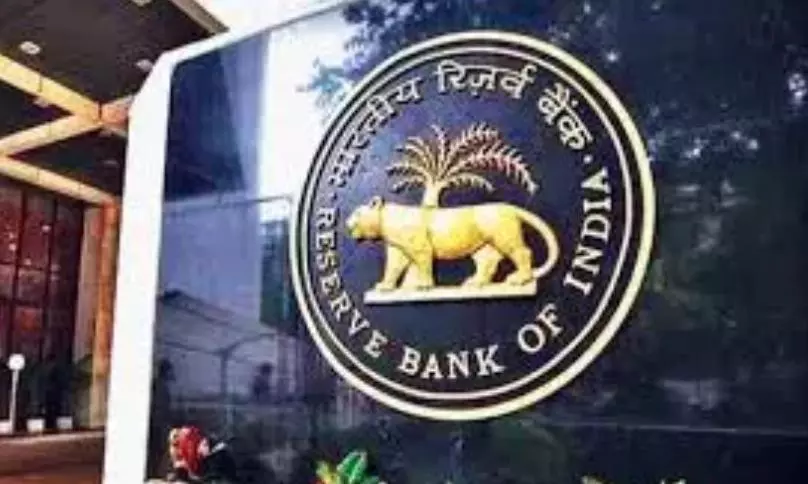EMIs to fall further as RBI to cut rates in April
The repo rate is the rate of interest at which the RBI lends to banks for short-term periods against government securities

Mumbai: Borrowers may have a reason to celebrate with the Monetary Policy Committee (MPC) of the Reserve Bank of India (RBI) likely to cut the repo rate in its upcoming meeting this week. The six-member rate-setting panel will begin its three-day deliberations from Monday (April 7) with the outcome announced on Wednesday. This will be the first monetary policy meeting of the financial year and is happening amid heightened uncertainty in the global market following the recent announcement of reciprocals tariffs by US President Donald Trump and the looming risk of a recession. However, on the domestic front, easing inflation, cooling oil prices, weak economic growth and a weak dollar against the rupee may help the MPC to pursue interest rate cuts both in the upcoming April policy meeting and possibly for the rest of the financial year said economists.
The RBI’s six-member Monetary Policy Committee (MPC) had reduced the repo rate by 25 basis points in February, marking the first such cut in five years. It is widely expected that the MPC will cut the repo rate by 25 basis points on Wednesday and cumulatively by 75-100 basis points in 2025.
The repo rate is the rate of interest at which the RBI lends to banks for short-term periods against government securities. Currently, the repo rate stands at 6.25 per cent. One basis point (bps) is one-hundredth of a percentage point.
If the repo rate is reduced by 25 bps to 6 per cent, all loans on external benchmark linked lending rates (EBLR) will come down by the same margin providing relief to home loan, auto loan, education loan and personal loan borrowers. Banks after the February rate cut reduced their EBLR rates by 25 basis points but have not reduced the lending rates on loans linked to the Marginal Cost of Funds based lending rate (MCLR) on which normally companies and Small and Medium Enterprises (SMEs) borrow. This is because MCLR rates are influenced by factors like a bank’s cost of funds, deposit rates, and operating expenses.
Banking system liquidity has also turned positive for the first time in three months at the end of March 2025, washing out the worst ever liquidity crunch, aided by hands on approach taken by RBI to address deep deficit in liquidity. The RBI has indicated further liquidity easing operations such as Rs 80000 crore worth OMO purchases, USD/INR Sell/ Buy swaps, rolling over USD forwards, etc. in a bid to keep liquidity abundant to ensure quick transmission of lower borrowing costs.
Radhika Rao, senior economist at DBS Bank said, “Domestic data has aligned to make way for the Monetary Policy Committee (MPC) to lower rates further, characterised by easing inflation and growth whilst depreciation pressure on the rupee has eased significantly.”
“We look for a 25bp cut in the repo rate to 6 per cent along with a change in stance to accommodative at the April meeting, tapping into the wide real rate cushion. Policy guidance will be important as markets price in the possibility of at least two rate cuts in the coming months. While confident on domestic developments, the MPC is likely to be guarded on the uncertain global backdrop as trade distortions pose stagflationary risks to the US and raise the risk of slower global trade. While on an easing path, we are not in the camp expecting an aggressive easing cycle this year,” added Rao.
The CPI-based inflation for the month of February remained at the levels of 3.61 per cent. The corresponding inflation rate for rural and urban is 4.64 per cent and 3.87 per cent, respectively. On the other hand, growth remains weak. While RBI is unlikely to revise the inflation forecast, its outlook on GDP growth in the wake of US tariff announcements will be closely watched. For the current fiscal (FY 2025-26), the RBI has projected real GDP growth of 6.7 per cent and CPI inflation at 4.2 per cent.
